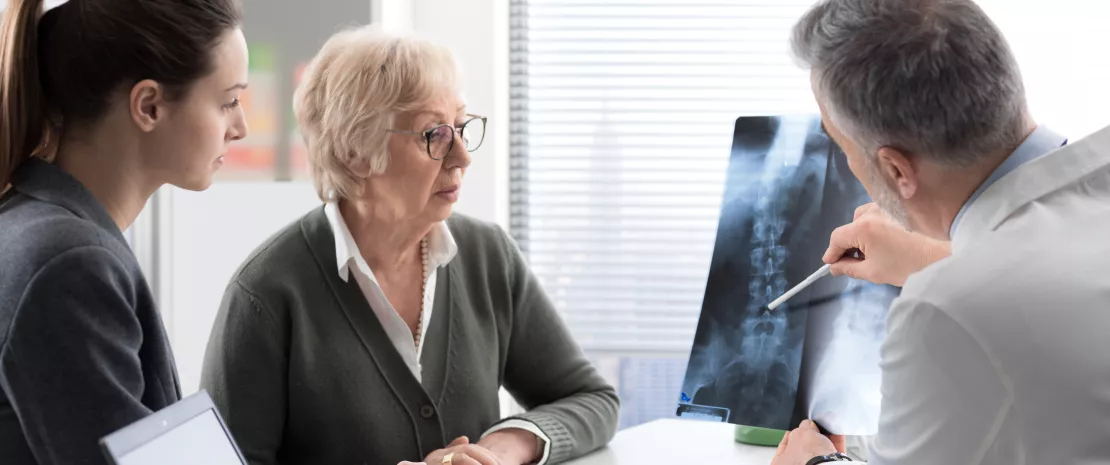Osteoporosis: when the gut microbiota digests vitamin D poorly
When we talk about osteoporosis, we immediately think of vitamin D. And for good reason! Vitamin D promotes the intestinal absorption of calcium and is therefore essential to good bone health. A first reflex is to consume more of it; but is this enough? The answer may lie in our gut microbiota.
- Learn all about microbiota
- Microbiota and related conditions
- Act on your microbiota
- Publications
- About the Institute
Healthcare professionals section
Find here your dedicated section
Sources
This article is based on scientific information

About this article
The disease is linked to aging and affects more than 200 million people worldwide. One of the main pieces of advice from specialists upon diagnosis is to supplement our diet with vitamin D. However, to be useful to our bones, vitamin D must be absorbed by our gut once consumed. After studying this crucial step, a team of Chinese researchers formulated a hypothesis: the gut microbiota plays a key role in this process.
Osteoporosis
Osteoporosis is a progressive disease characterized by a deterioration of the internal structure of bones and a gradual decrease in bone density.
Groundbreaking study on the link between osteoporosis, the gut microbiota, and vitamin D
It all started with a simple observation: patients with severe osteoporosis have low blood levels of vitamin D, which is associated with increased gastrointestinal disorders, suggesting the gut microbiota may be involved in severe osteoporosis. What’s more, previous studies have assessed the gut microbiota’s potential as a diagnostic tool. The team tested their hypothesis on 36 patients who were given the same diet for the duration of the study. Divided into two groups according to the stage of the disease (primary or severe), the patients’ gut microbiota and blood vitamin D levels were examined. This is the first time that the relationship between osteoporosis severity, the gut flora, and vitamin D status has been studied.
200 million Osteoporosis affects more than 200 million people worldwide.
Microbiota varies according to severity…
The first finding was that patients with severe osteoporosis have a more diverse gut flora than those with a less advanced form. One key observation was the lower abundance of Bifidobacterium in patients with severe osteoporosis, with this bacterium already known to be involved in the intestinal absorption of certain fats and vitamins.
21,2% of women aged 50 and over worldwide are affected by osteoporosis,
6,3% compared to only 6.3% of men from the same age group.
(sidenote:
Epidemiology of osteoporosis and fragility fractures_International Osteoporosis Foundation
Kanis, J.A. et al., A reference standard for the description of osteoporosis. Bone 2008. 42: p. 467-75
)
… as do blood levels of vitamin D
The second finding was that patients with severe osteoporosis have significantly lower blood levels of vitamin D than patients in the primary stage. Since both patient groups received the same diet (and therefore the same amount of vitamin D) for the duration of the study, the difference may therefore lie in intestinal absorption.
Together, these two findings suggest the gut microbiota’s involvement in vitamin D absorption.
The mechanism involved is not yet known, but this is still a major advance which opens up interesting prospects for the therapeutic management of osteoporosis via the microbiota.
The gut microbiota
Recommended by our community

"Thank you so very much" - Michelle Zirkle (From My health, my microbiota)










